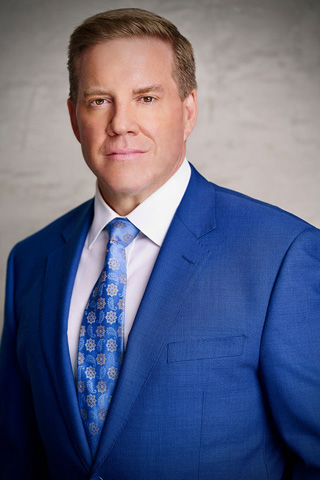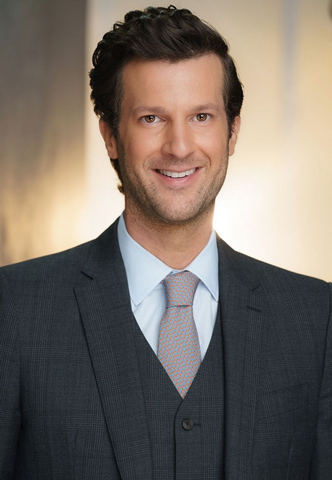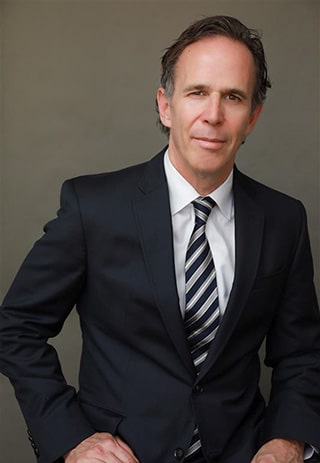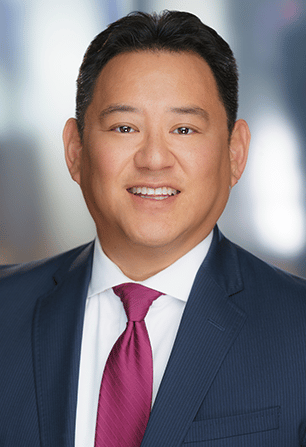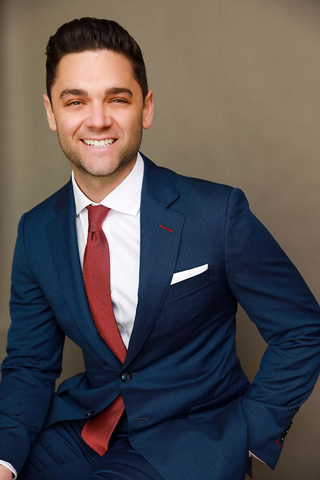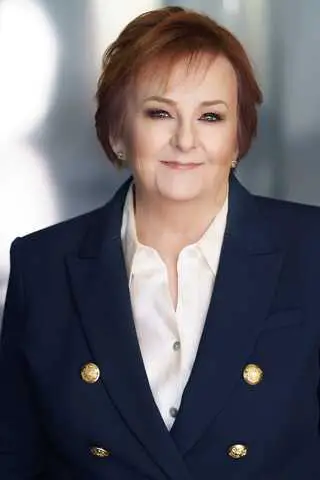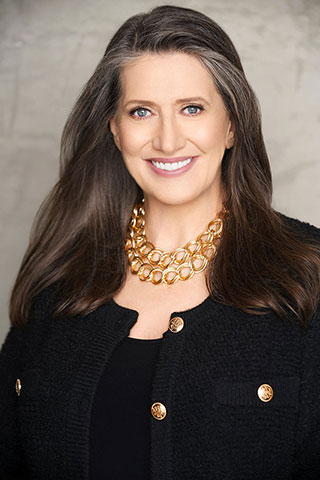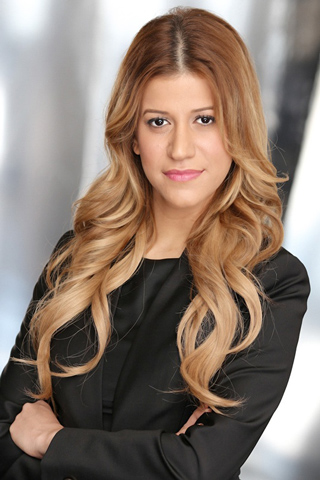The California Highway Patrol (CHP) was authorized to write new motorcycle lane splitting (or, “sharing”) guidelines last August by California Governor Jerry Brown (Assembly Bill 51). Now, it’s been almost a year since CHP spoke publicly on the status of the guidelines.
So, Wilshire Law Firm reached out directly to the people who are responsible for writing the guidelines, and we’re pleased to provide our readers with the following direct updates, straight from the sources.
The California Highway Patrol

Larry Starkey, the California State Coordinator for the California Motorcyclist Safety Program, says a draft of the new guidelines was officially submitted to CHP Commissioner Joseph A. Farrow several weeks ago.
At that time, according to Starkey, who has been with CHP for 15 years, and served as a petty officer in the U.S. Coast Guard, the fate of the guidelines rested in the hands of Commissioner Farrow, whose options were:
- Approve it
- Change it himself and then approve it
- Request more changes from Starkey
- Throw it out completely
“It’s completely up to the Commissioner,” Starkey said.
However, since Starkey spoke to Wilshire Law Firm, Commissioner Farrow has stepped down from CHP.
So where does that leave the guidelines?
Starkey says, “when you add up all the hours spent from all the groups involved in drafting the new guidelines… at least 100 hours.”
“The guidelines are meant for educational purposes,” Starkey says. “Once they’re finalized, we’ll move forward with a full-blown marketing campaign to raise awareness. TV, radio and billboard ads, plus, CHP kiosks to educate riders, and drivers, on how to properly interact with each other on the roads.”
Starkey said he anticipates the marketing campaign to cost “about $1 million.”
Which private groups did CHP consult with?
AB 51 mandated the CHP to consult several government and private groups in drafting the new guidelines.
Government groups included DMV, OTS, CalTrans and DOT. Private groups, who were required to be “motorcycle organizations with a focus on motorcycle safety,” which made up the CMSPAC (California Motorcycle Safety Program Advisory Committee) this included:
ABATE of California (A Brotherhood Against Totalitarian Enactments)
BARF (Bay Area Riders Forum)
AMA (American Motorcycle Association)
MMA (Modified Motorcycle Association)
MIC (Motorcycle Industry Council)
Wilshire Law Firm is proud to call several leaders of these groups our friends.
Bay Area Riders Forum
Bud Kobza has been a board member of California Motorcycle Safety Committee for seven years, and is the owner/operator of the largest online motorcycle discussion board in California, the Bay Area Riders Forum.
Bud also sits on the California Motorcycle Safety Program Advisory Committee, which, with the other motorcycle groups listed and few government agencies, consulted directly with CHP on the most recent lane sharing guidelines.
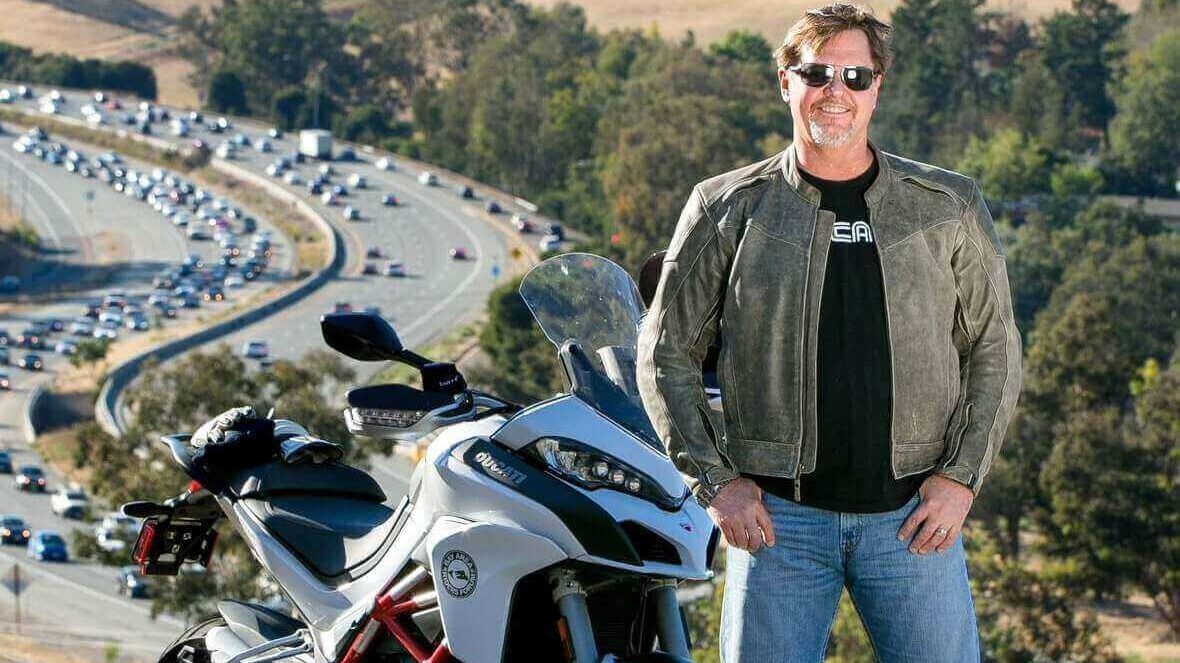
Denny “Budman” Kobza is the owner operator of the largest online motorcycle forum, BARF, and sits on the board of the California Motorcycle Safety Commission.
“There were essentially two schools of thought in the drafting process”, Kobza said. “First, you had the motorcycle groups, who wanted the guidelines to follow a state-funded study, which was conducted at the University of Berkeley, by one Dr. Tom Rice, which suggested 15 mph passing speeds, in up to 50 mph traffic. So, essentially, lane sharing up to 65 mph.
“The second school of thought was the CHP, who wanted the original guidelines of 10 mph passing, 30 mph passenger vehicle max speeds.”
“We thought CHP would have gone for what the Berkeley study said, since it was state-funded. But when we all got together in Sacramento, CHP wasn’t hearing it. I think it was too extreme compared to what other states are doing concerning lane sharing.”
To clarify, the state-funded Berkeley study was proposed by Bud and his comrades from CMSC, and was funded by the state, as part of the Strategic Highway Safety Plan.
“We tried presenting a tiered program, that would advise slower lane splitting speeds for less-experienced drivers,” Bud said. “They didn’t go for that either.”
California is currently the only state that allows motorcyclists to lane split. It is illegal in every other state, although, that could change soon.
When were guidelines first introduced to the state?
Seven years ago, when Bud joined CMSC, the DMV moved to outlaw lane splitting altogether. If it wasn’t for Bud, and the CMSC, fighting the DMV, lane splitting might be illegal today.
“I was the new guy back then,” Bud says. “I took that fight on, and we won. We wanted to educate, not regulate.”
The fruits of Bud’s labor was the first official lane splitting guideline approved by the state of California. 20 guidelines in total were submitted in 2010, and those approved were posted to CHP, DMV and other government agency websites.
However, three years later, the Office of Administrative Law (OAL) ordered the guidelines to be removed from government sites; and all physical marketing materials were removed from all said agencies’ offices. It was the work of Kenneth Mandler, who petitioned the OAL in the fall of 2013.
Mandler claimed that the guidelines were “underground regulation.” In other words, a law that was not subject to the Administrative Procedure Act.
OAL did not honor Mandler’s petition, according to AMA, but his raising the issue was enough for CHP to take the guidelines off their site, which was a loss for Bud and the CMSC.
This is why the current status of the guidelines are important. It’s been years since CHP has officially approved lane sharing guidelines. Commissioner Farrow could make an announcement any day.
When asked if there was one thing he could tell motorists in passenger cars to be aware of when considering motorcyclists, Bud said:
“First of all, don’t be jealous that we’re not waiting in line at the red lights. We’re not trying to beat you. We’re just taking advantage of being mobile.” He went on to say, “We are fathers, mothers, brothers, sister… humans. Just like you, all we want to do is get home safely to our families.”
What were the original guidelines?
Seven years ago, when the DMV tried to make lane sharing illegal, the CMSC drafted guidelines, as mentioned above. Several members of the CMSC held a lane sharing summit to discuss the guidelines inviting other safety stake holders and riders to attend and collaborate. Bud’s friend, Tim Arnold, kept photos of the original ideas for the guidelines.


